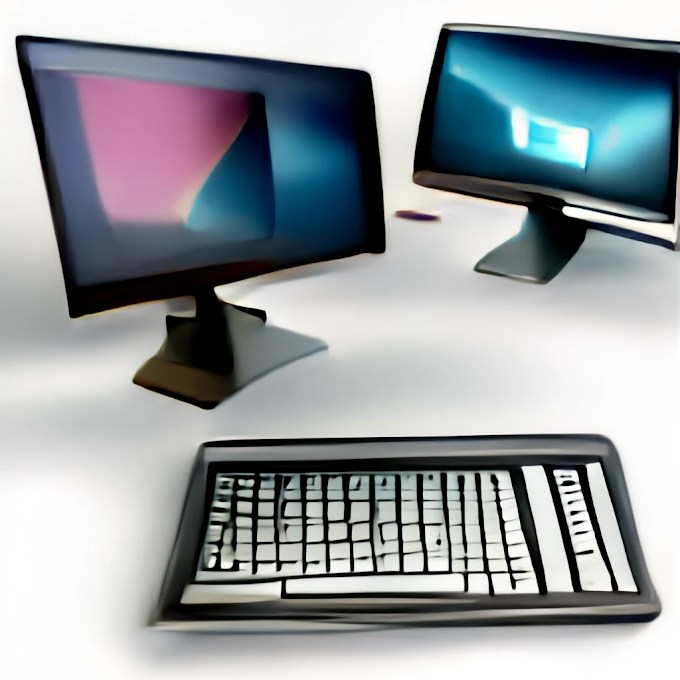Concept of Multimedia
Multimedia refers to the use of multiple forms of media, such as text, audio, video, images, and animation, to convey information or create an experience. Multimedia can be used in a variety of contexts, such as in education, advertising, entertainment, and online communication.
Multimedia can be delivered through various channels, including print, television, radio, the internet, and other digital media platforms. It is often used to engage and inform audiences, and can be interactive, allowing users to participate and interact with the content.
Examples of multimedia include:
- Websites with video, audio, and text content
- Audio and video podcasts
- Interactive educational games and simulations
- Video presentations and webinars
- Virtual reality (VR) and augmented reality (AR) experiences
Multimedia has become an important part of modern communication, and advances in technology have made it easier to create and access multimedia content. It is often used to communicate complex or abstract ideas in a more engaging and interactive way, and can be an effective tool for education, entertainment, and marketing.
File Management
File management refers to the process of organizing and managing files on a computer or other digital device. It involves creating, renaming, moving, and deleting files and folders, and organizing them in a logical and efficient manner.
Here are some basic principles of file management:
Create a logical folder structure: Create a folder structure that reflects the way you work and the types of files you use. This can help you quickly find and access the files you need.

Use descriptive and consistent file names: Use descriptive and consistent file names that accurately reflect the content of the file. This will make it easier to find and identify the files you need.
Use tags and metadata: Use tags and metadata to help describe and organize your files. This can make it easier to search for and find specific files.
Use version control: Use version control to track changes to your files and keep multiple versions of a file. This can help you revert to an earlier version if needed.
Back up your files regularly: Regularly back up your files to protect against data loss due to hardware failure, malware, or other issues.
By following these principles, you can effectively manage your files and keep your computer organized and efficient.
Physical Structure of the Disk: The physical structure of a disk refers to the way data is stored on the disk. A disk is typically divided into tracks and sectors, and data is stored in these tracks and sectors in the form of bits. The physical structure of a disk can affect the speed at which data can be accessed and the amount of data that can be stored on the disk.
Concept of File and Folder: In a computer system, a file is a collection of data that is stored on a disk. A file can contain text, images, audio, video, or other types of data. A folder is a container that can hold one or more files and other folders. Folders can be used to organize and manage files on a computer.
Wildcards and Pathname: Wildcards are special characters that can be used to represent one or more characters in a file or folder name. They are often used in searches to find files that match a certain pattern. A pathname is the location of a file or folder on a computer, represented as a series of folders and subfolders separated by backslashes () or forward slashes (/).
Types of Files and File Extensions: There are many different types of files that can be stored on a computer, including text files, image files, audio files, and video files. Each type of file has a specific file extension, which is a series of characters that appears after the file name and indicates the type of file. Some common file extensions include .txt for text files, .jpg for image files, and .mp3 for audio files.



0 Comments